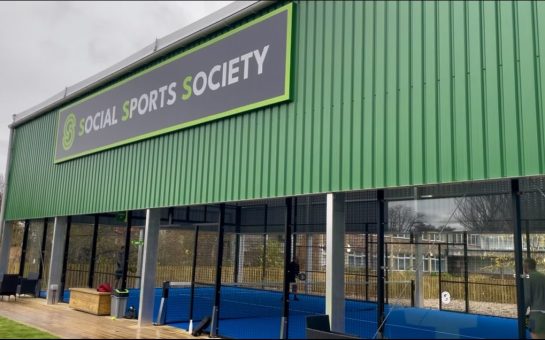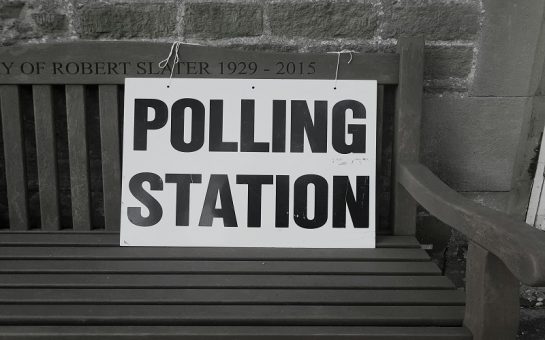Despite a strong uptake in apprenticeships across England, new data from GOV.UK shows a troubling gap between the number of people starting apprenticeships and those completing them.
The ‘Apprenticeship Learner Deprivation Report’ produced by GOV.UK shows that the longer the apprenticeship, the harder the achievement rate is.
In 2024/25, 45,880 intermediate apprentices, 97,840 higher apprentices, and 103,380 advanced apprentices did not achieve their apprenticeship qualification.
Intermediate apprenticeships, also known as Level 2 apprenticeships, typically last between 12 to 18 months.
Advanced apprenticeships, also known as Level 3 apprenticeships, typically last between 18 to 24 months
Higher apprenticeships, Level 4, 5, 6 and 7 are usually a minimum of two years and can last up to six years.
The shortfall represents a major challenge for a system that has been heavily promoted as a key route into skilled employment, especially for young people and career changers seeking alternatives to university.
An apprenticeship is beneficial because you receive a qualification as well as gaining real life work experience which most employers are looking for.
However, striking that balance from the company/training providers’ perspective can be challenging and requires empathy.
Nadine Bourne-Harris, Early Careers & Apprenticeship Programme Management, has more than seven years’ experience working with apprentices.
Bourne-Harris said: “The most common challenges apprentices share are around their balancing workload, particularly in the early stages and then again as they approach their End-Point Assessment.”
Apprenticeships have continued to attract high levels of interest across a range of sectors from construction and engineering to health, business, and digital industries.
The 2019/2020 start figures reflect this demand, with employers and training providers enrolling more than 320,000 learners.
However, the data highlights a stark contrast between this strong uptake and the relatively low number of completions, raising concerns about how well apprentices are supported once they begin.
Eden Wakefield-James, Level 6 project management apprentice said: “It’s become more challenging as time has progressed.
“We have formal performance reviews every 6 months and if you’re scoring one or two out of five (five being the highest), you’re at risk of being taken off a project or not receiving a promotion once you’ve completed the apprenticeship.
“We also have exams throughout the year which we must pass, that adds to the pressure.”
The 45% completion rate means that nearly 176,000 people who started an apprenticeship in 2019/2020 did not finish.
For employers, that represents lost investment in training and for learners, it could mean missed job opportunities, stalled career progression, and wasted time.
It’s worth noting that the COVID-19 pandemic did have an impact on the above figures but the problem has continued to grow into the present day.
Many are dropping out for multiple reasons which consist of but are not limited to: lack of support from employers or training providers, unrealistic work-study balance, inconsistent training quality, and poor job satisfaction.
Bourne-Harris added: “Another common challenge would have to be experiencing impostor syndrome.
“I’ve found this to be the case especially with younger apprentices who may be working alongside more experienced colleagues.”
In a 2022 report by Ofsted, inspectors found that some apprenticeships were poorly structured, with learners left confused about expectations or given work that didn’t align with their training plan.
The report states that the quality of apprenticeships are inadequate by 11%, requires improvement by 15%, and are insufficient by 5%.
Wakefield-James is two years and seven months into her apprenticeship.
She added: “Coming in as a young person and going into a world of work where everyone is experienced and knowledgeable felt intimidating.
“Trying to juggle university and work life can become overwhelming as you have two roles to fulfil, one as an employee and one as a student.
“If you’re lucky, your work will align with your assessments and coursework but that hasn’t always been the case for me.”
Her experience is shared by many other apprentices around the UK, especially those doing higher apprenticeships.
The apprenticeship system has undergone several changes in recent years, including the introduction of the Apprenticeship Levy in 2017 and a shift towards higher-level apprenticeships.
While these reforms aimed to improve quality and accountability, critics argue they have not addressed the root causes of low achievement rates.
Some employers reportedly struggle to manage the administrative demands of apprenticeship standards, while providers face funding pressures that limit the level of pastoral and academic support they can offer.
The challenge now is ensuring that every apprentice who starts is equipped, supported, and motivated to finish.
As the data shows, enthusiasm for apprenticeships is strong.
But unless achievement rates are improved, thousands of learners each year will continue to fall short of qualification and the system will continue to fall short of its potential.
Featured image credit: ThisisEngineering via Unsplash





